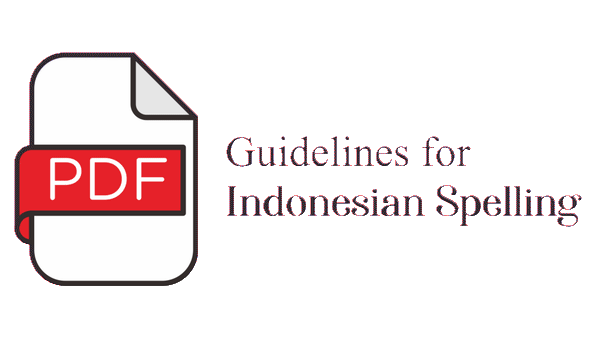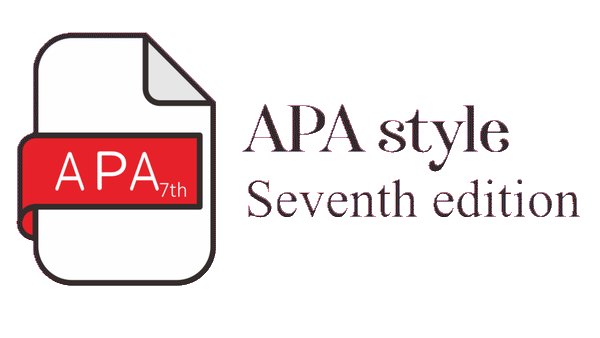ANALISIS PERMINTAAN IKAN DI INDONESIA: PENDEKATAN MODEL QUADRATIC ALMOST IDEAL DEMAND SYSTEM (QUAIDS)
Abstract
Tulisan ini bertujuan untuk menganalisis faktor-faktor yang mempengaruhi permintaan produk ikan penduduk Indonesia dan menduga elastisitas harga dan pendapatan beberapa kelompok ikan menurut kelompok pendapatan. Data yang digunakan adalah data SUSENAS 2008 modul konsumsi rumahtangga yang diperoleh dari Badan Pusat Statistik. Metode multistage budgetting approach dengan pendekatan model QUAIDS (Quadratic Almost Ideal Demand System)
digunakan dalam penelitian ini. Hasil analisis menunjukkan bahwa pendugaan permintaan dengan model QUAIDS memberikan hasil cukup baik. Nilai dugaan koefisien sistem permintaan ikan menunjukkan bahwa semua peubah berpengaruh signifikan terhadap fungsi permintaan kelompok ikan dengan nilai koefisien determinasi sistem 67,3%. Dugaan koefisien peubah wilayah perkotaanperdesaan, peubah jumlah anggota rumah tangga, serta peubah dummy wilayah kepulauan semua bertanda positif. Nilai elastisitas pengeluaran ikan terhadap total pengeluaran pangan untuk semua kelompok pendapatan lebih besar dari dari satu (elastis) dengan kisaran 1,7 sampai 3,9; nilainya semakin kecil dengan semakin meningkatnya pendapatan. Elastisitas pengeluaran kelompok ikan terhadap total pengeluaran ikan semua juga bertanda positif dengan nilai berkisar dari 1,1 sampai 2,9. Hal ini menunjukkan bahwa keempat kelompok ikan yang dianalisis merupakan barang normal. Bila pengeluaran rumahtangga untuk seluruh ikan naik 1%, maka permintaan terhadap kelompok ikan yang dimaksud akan naik sebesar hampir 3%. Elastisitas harga kelompok ikan segar dan ikan awetan pada semua kelompok pendapatan bertanda negatif dengan nilai berkisar dari -0,4 sampai -0,8; sedangkan elastisitas harga untuk udang/hewan air lain (bukan ikan) yang diawetkan adalah -1.
Tittle: Analysis of Demand for Fish in Indonesia: A Quadratic Almost Ideal Demand System (QUAIDS) Model Approarch.
This study aimed at determining various factors affecting fish consumption patterns of Indonesian households, estimating income and price elasticities for different fish categories according to income groups. National Social and Economic Survey 2008 data were used in this study. and formulating policy directions to increase consumption of fish. Household consumption/expenditure data collected by Central Beaureu of Statistics in 2008 were used in this study. Multistage budgetting approach method with QUAIDS (Quadratic Almost Ideal Demand System) model was used in this study. Results of the analysis show that estimates parameters of demand for fish using QUAIDS model were a relatively good. Estimates value of fish demanf system were significantly affected on fish group demand function with determination coefficient of 67,3%. Dummy coefficient of urban-rural, family size and isloand region were a positive sign. Fish elasticity to the total food expenditure for all income group were greater than 1 ranging from 1,7 to 3,9; the magnitude of elasticity tends to smaller with the increase in income group category. Elasticity of fish group expenditure to the total fish expenditure were a positive sign ranging from 1.1 to 2.9. This indicates that all four fish group are considered a normal good. As total fish expenditure of the household increased by 1%, quantity demang for fish group increased approximately to 3%. Price elasticity of fresh and reserved fish were a negative sign ranging from -0.4 to -0.8; while price elasticity of preserved shrimp and other animal water (non fish) were -1.
Keywords
Full Text:
PDFDOI: http://dx.doi.org/10.15578/jsekp.v6i2.5772
Indexed by:
-------------------------------------------------------------------------------------
Published by
Research Center for Marine and Fisheries Socio-Economic
in collaboration with
Indonesian Marine and Fisheries Socio-Economics Research Network

This work is licensed under a Creative Commons Attribution-NonCommercial-ShareAlike 4.0 International License.



















